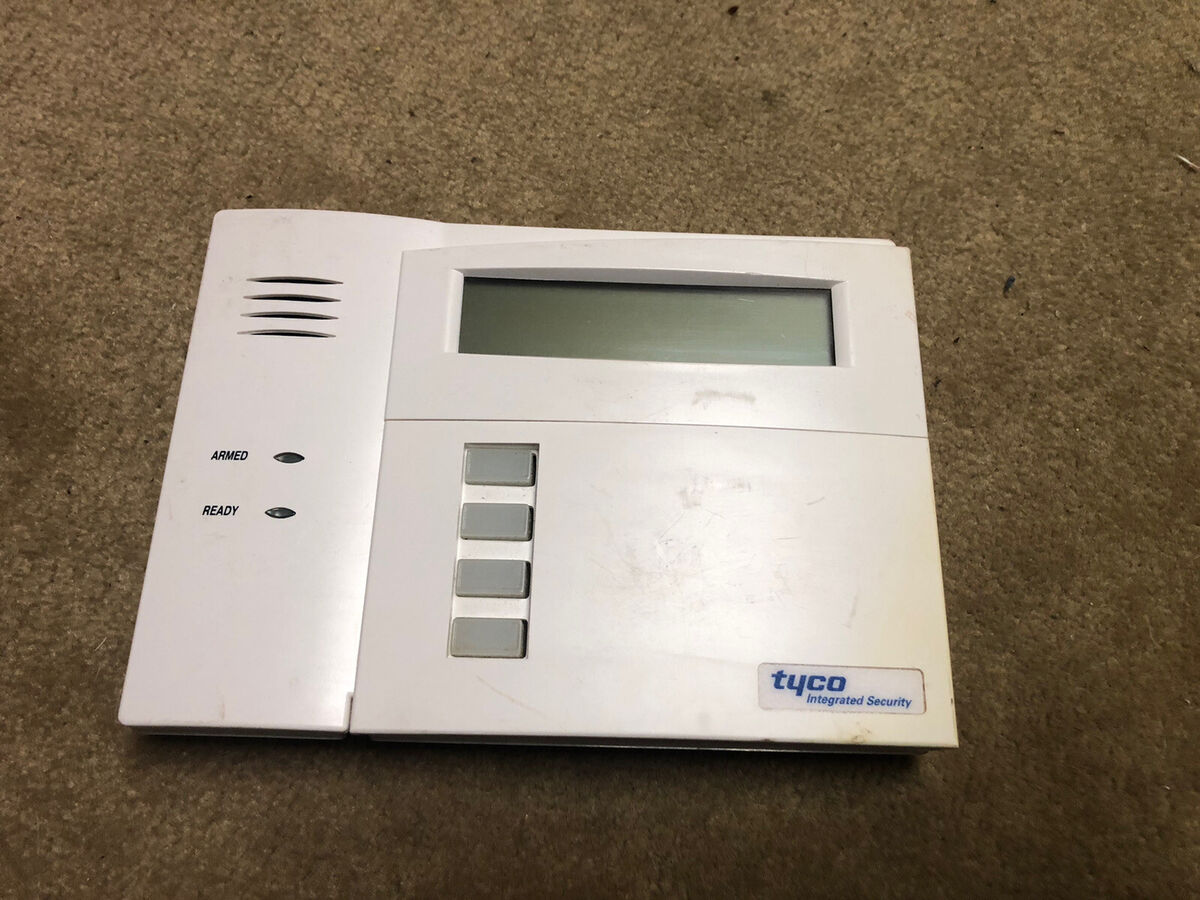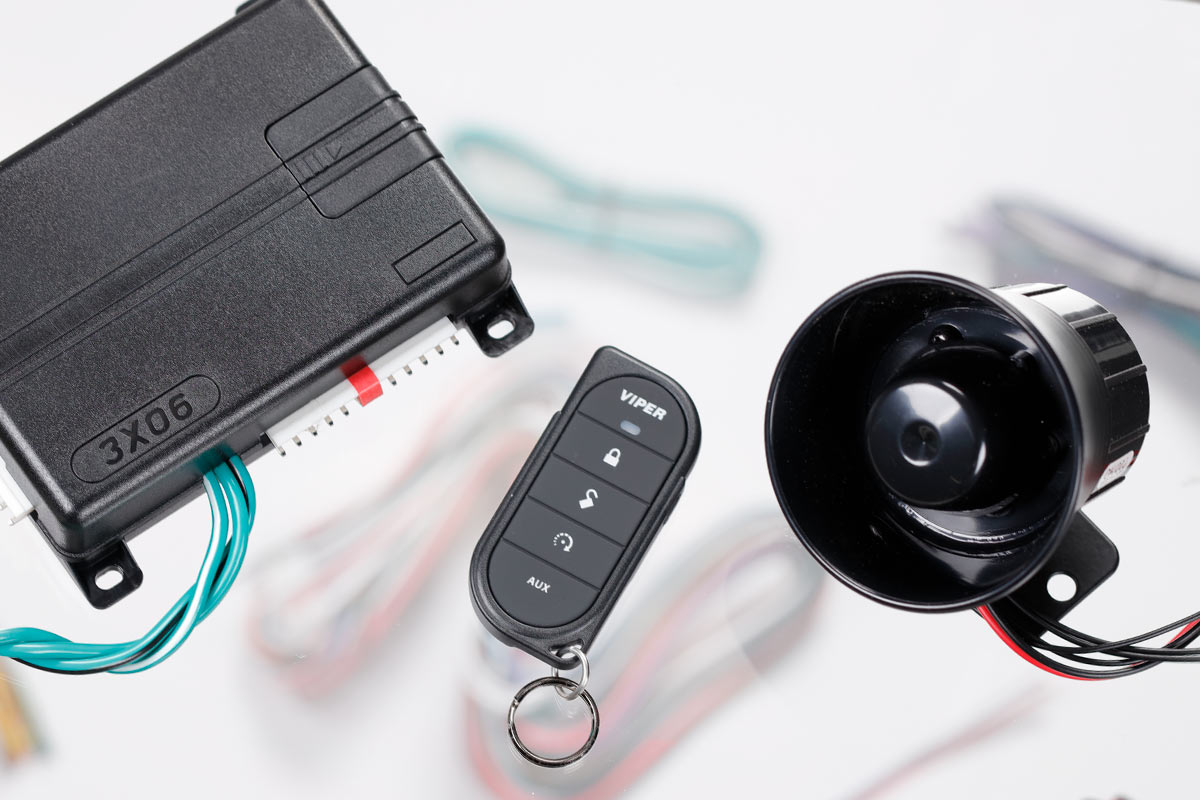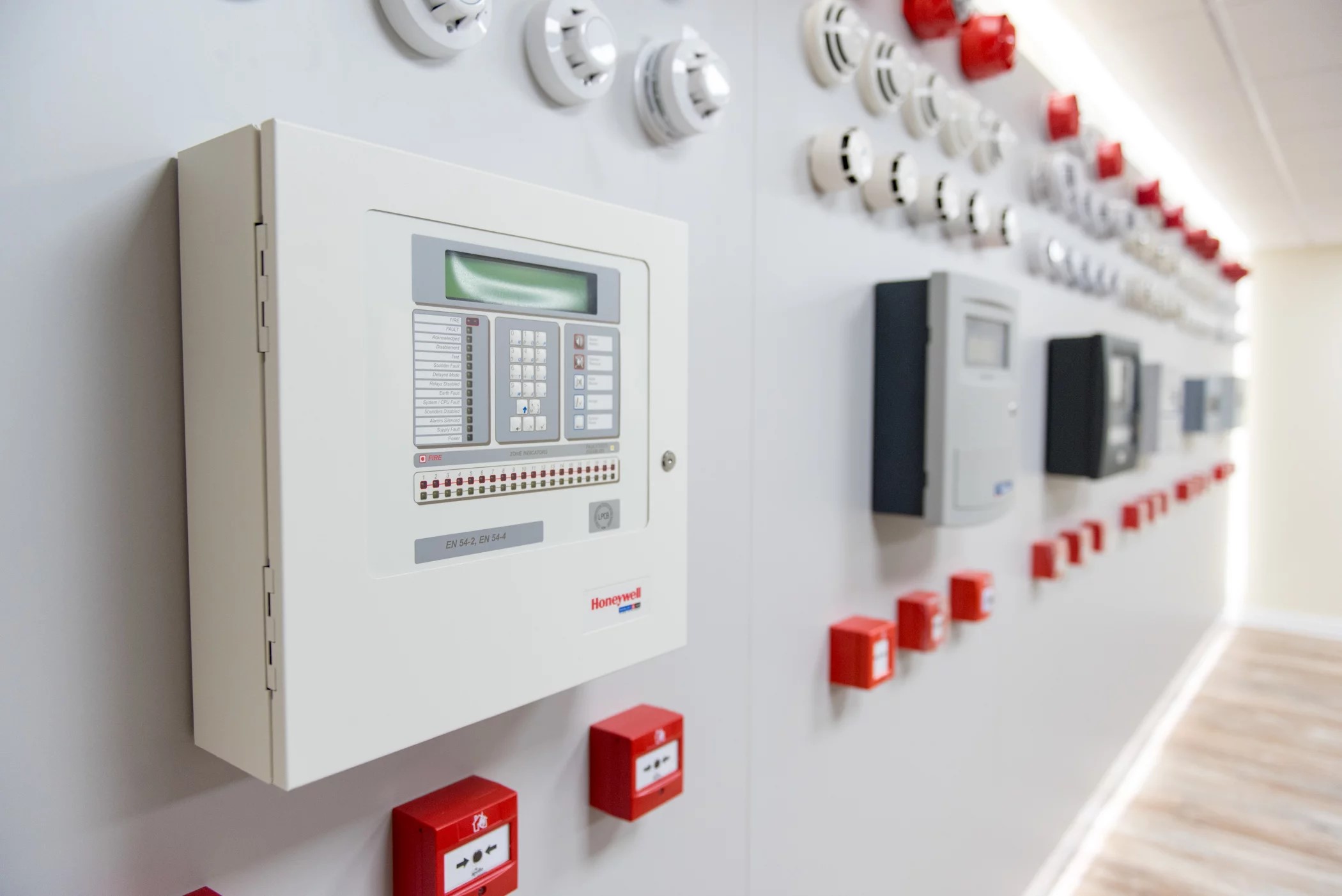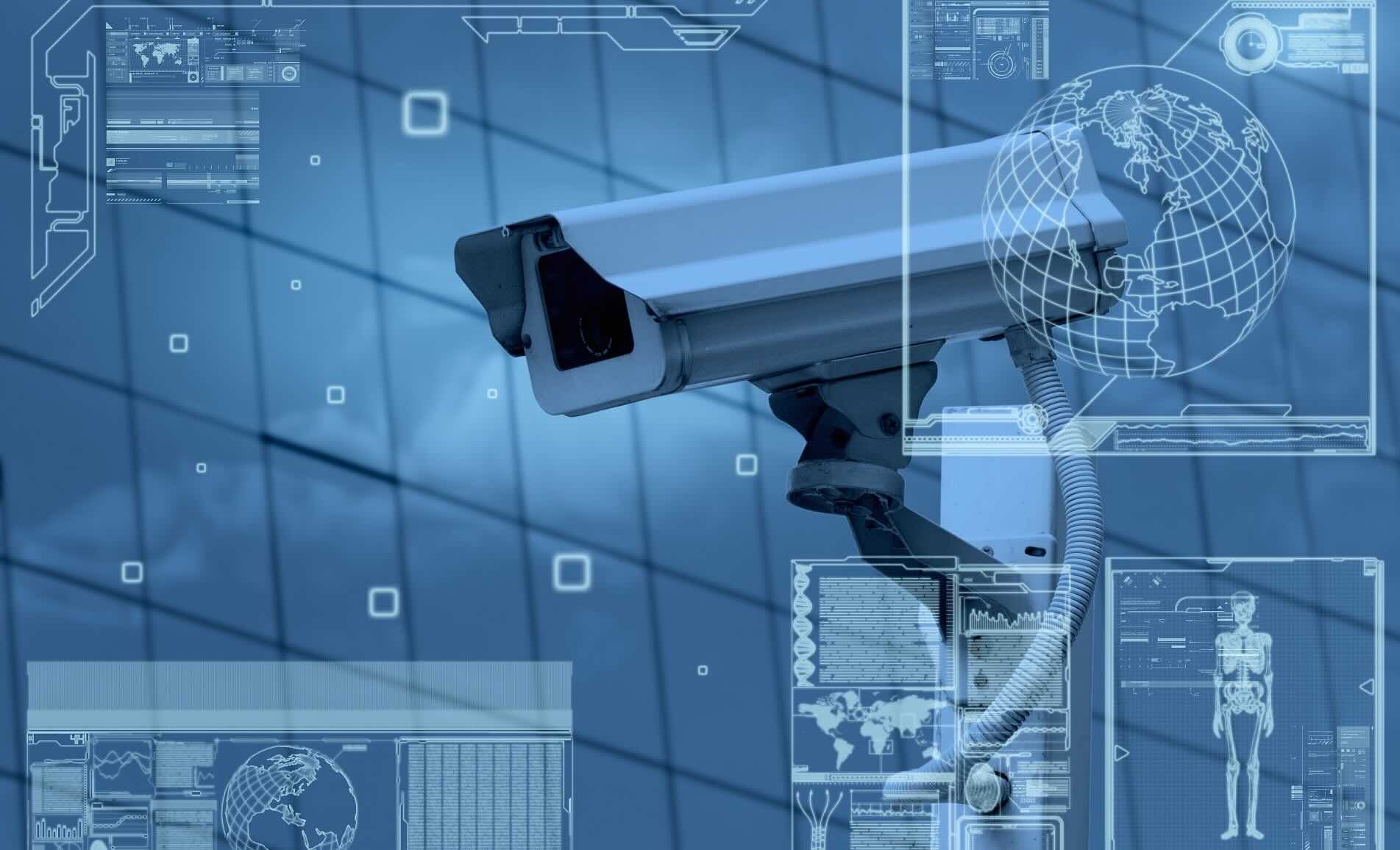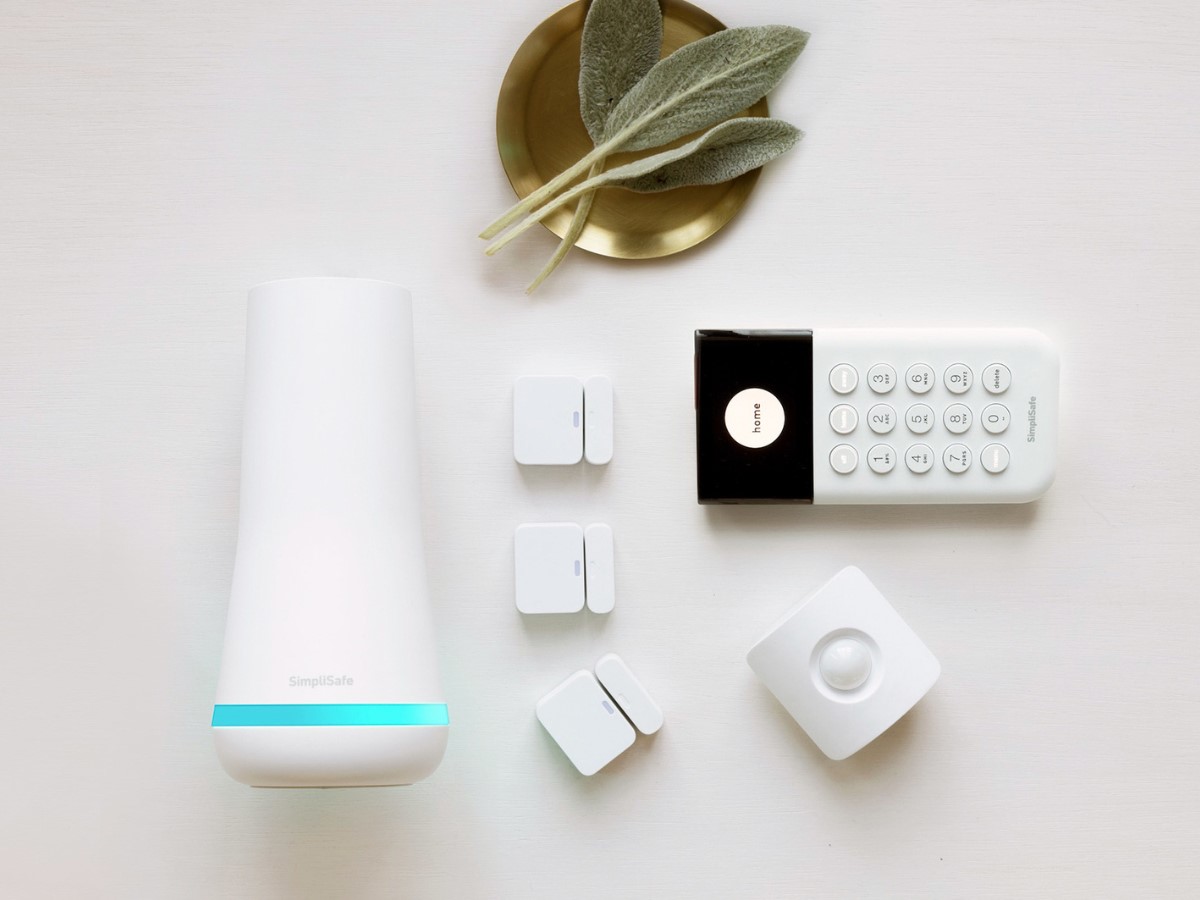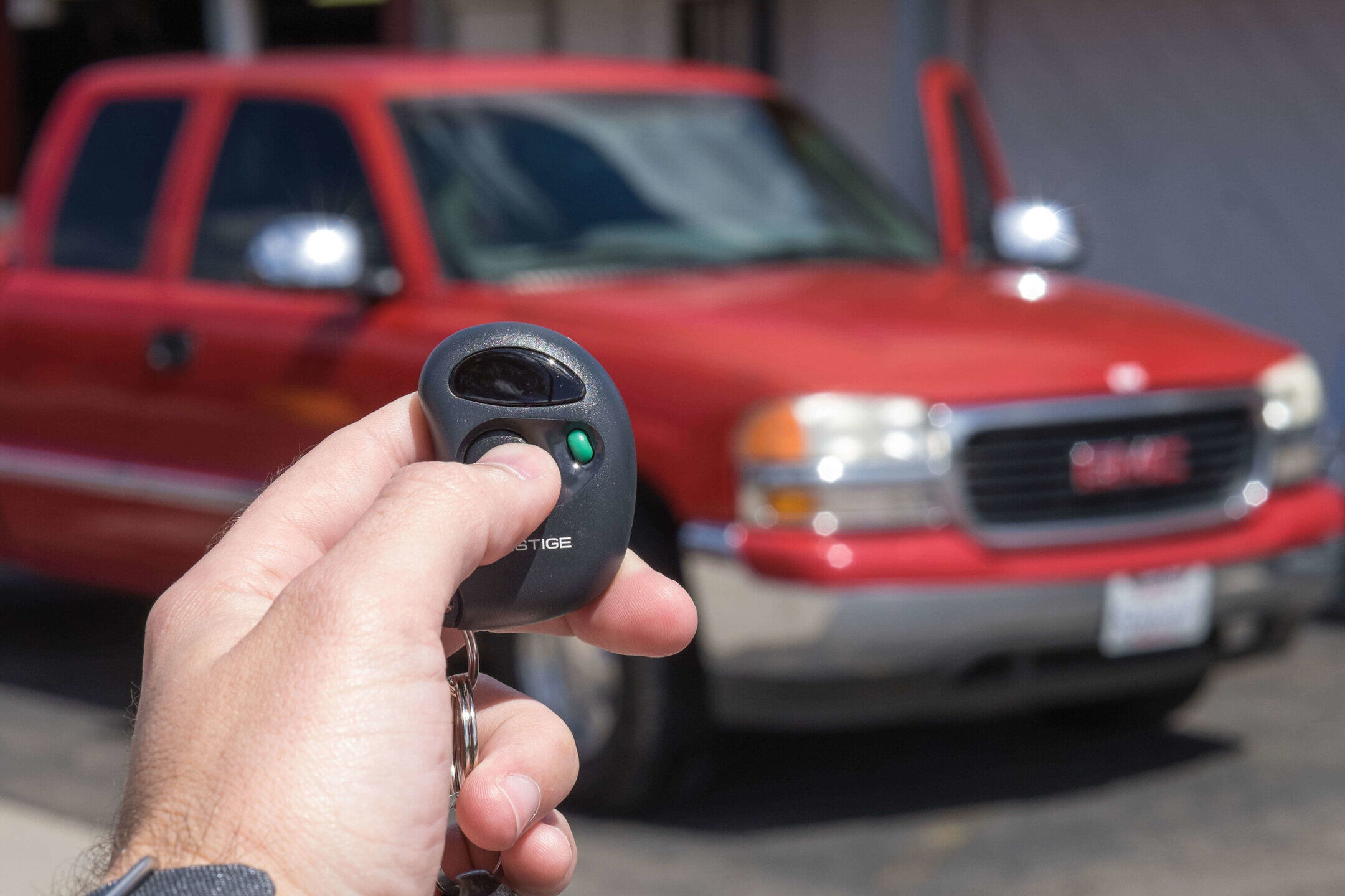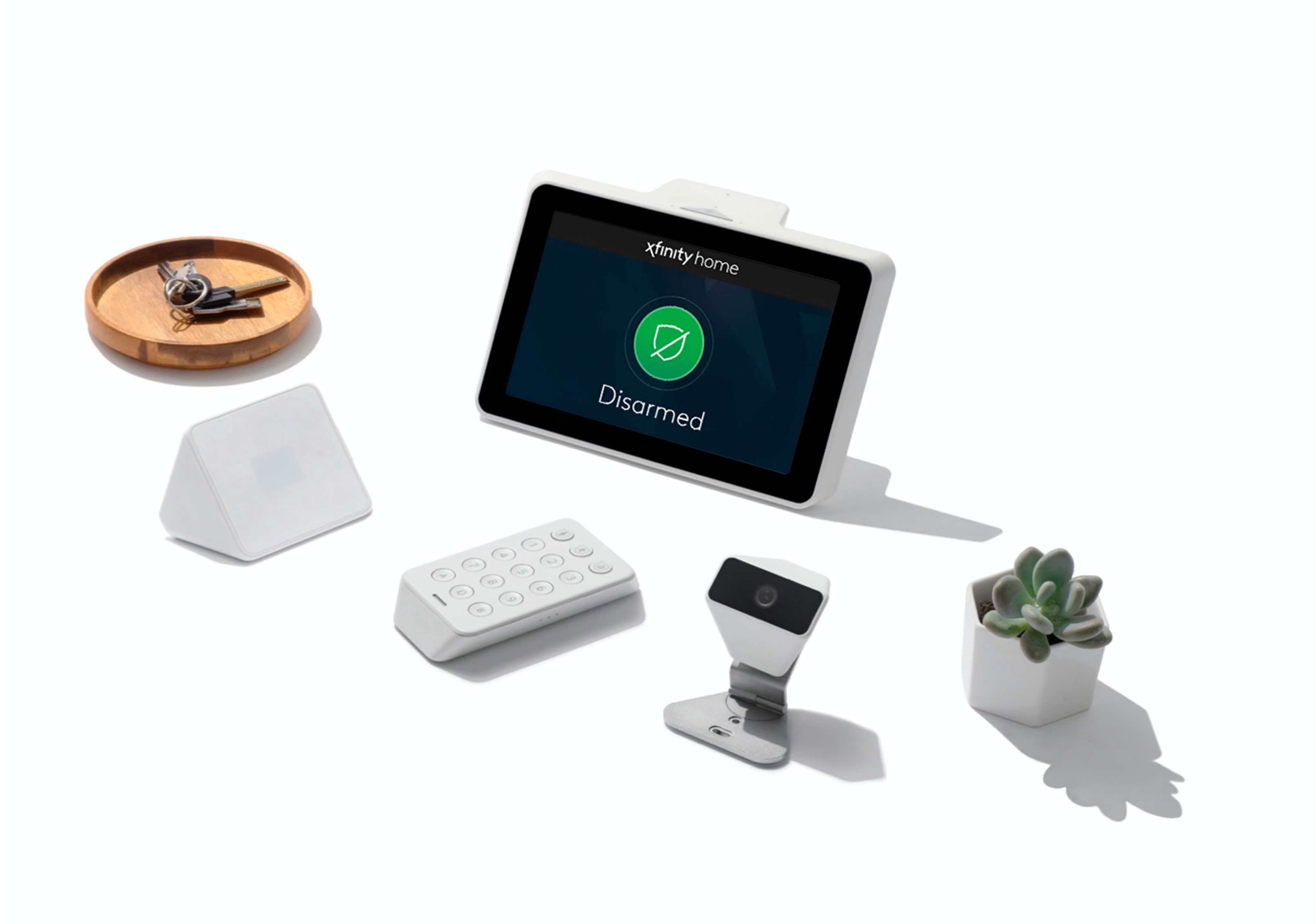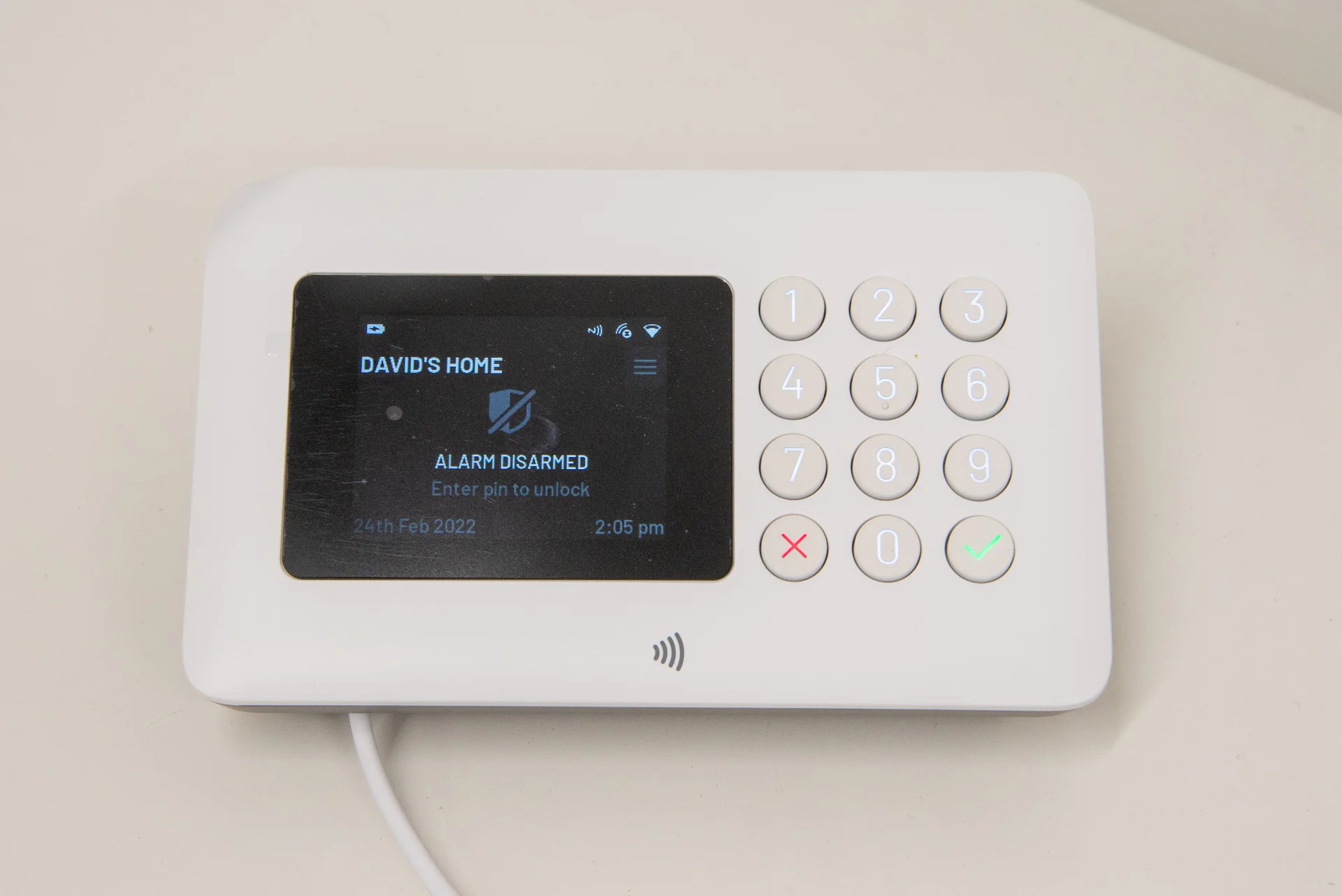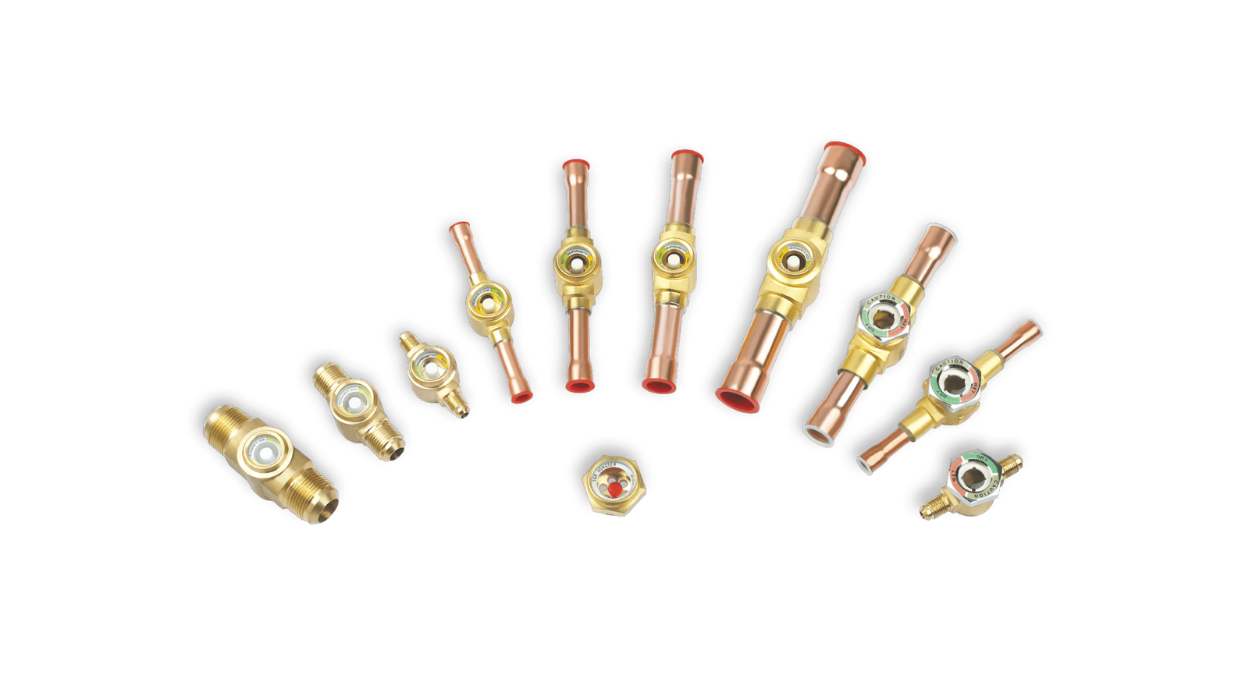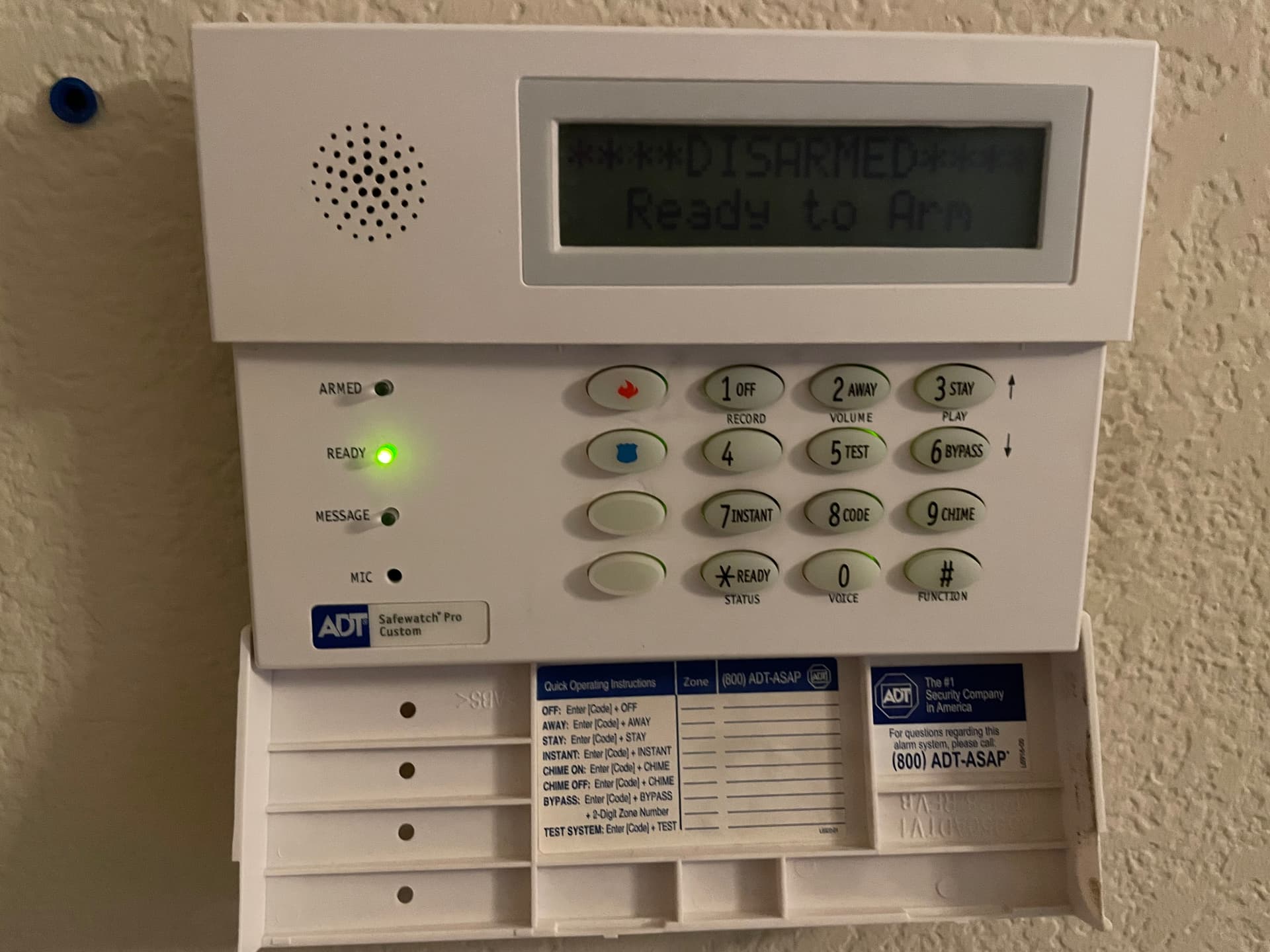Home>Home Security and Surveillance>What Car Alarm Systems Use Keyless Remote FCC ID PJ9Tx11
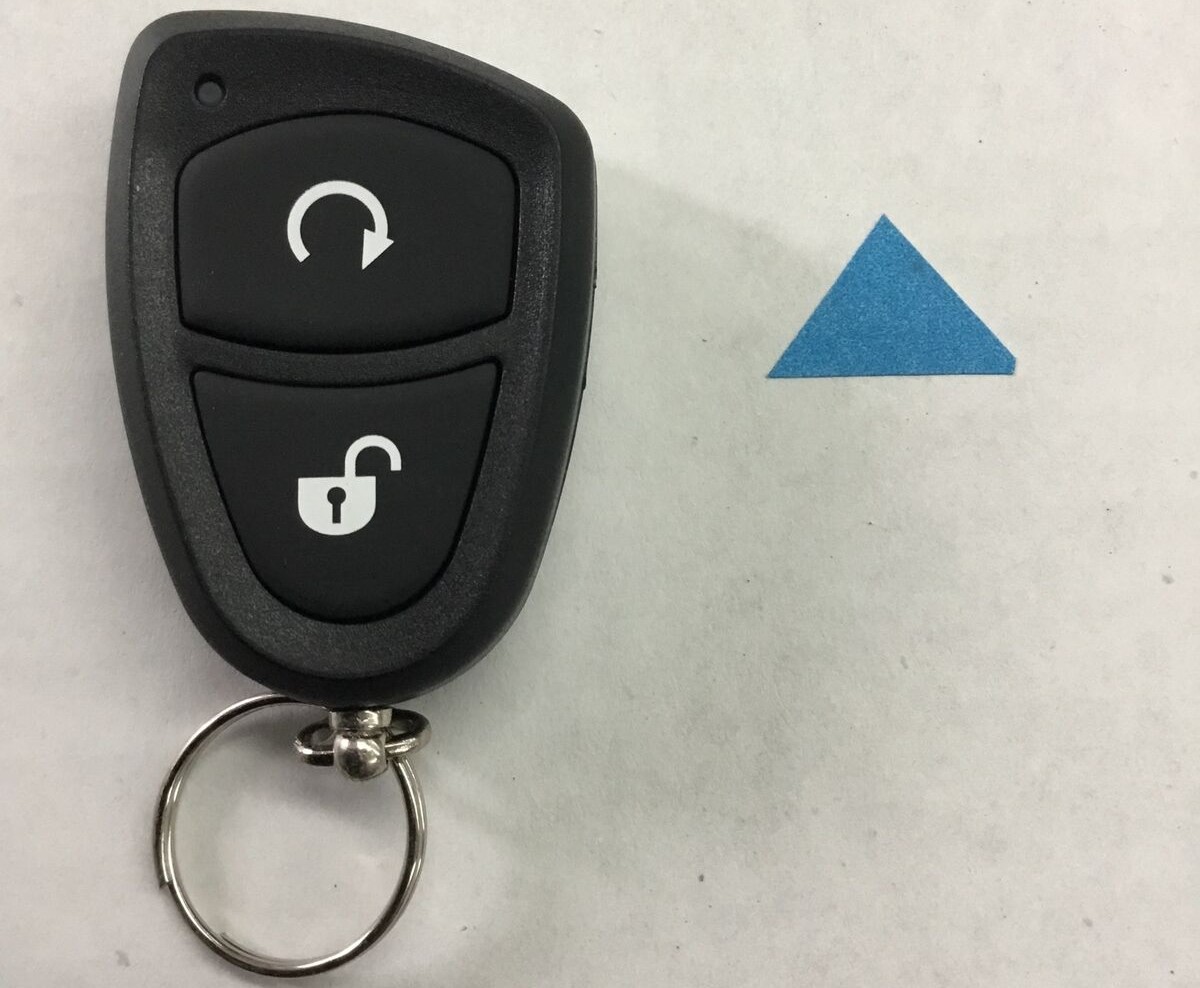

Home Security and Surveillance
What Car Alarm Systems Use Keyless Remote FCC ID PJ9Tx11
Modified: March 6, 2024
Looking for a reliable car alarm system with a keyless remote? Check out our selection of home security and surveillance products with FCC ID PJ9Tx11.
(Many of the links in this article redirect to a specific reviewed product. Your purchase of these products through affiliate links helps to generate commission for Storables.com, at no extra cost. Learn more)
Introduction
Welcome to the world of car alarm systems, where the safety and security of your vehicle take center stage. In today’s fast-paced world, car theft and break-ins have unfortunately become all too common. As a car owner, it is essential to take proactive steps to protect your investment and give yourself peace of mind. This is where car alarm systems come into play.
Car alarm systems are designed to deter potential thieves and protect your vehicle from unauthorized access. These systems provide a layer of security that can give you the confidence to park your car in any location, knowing that it is being safeguarded.
One key feature of car alarm systems is the keyless remote system, which has revolutionized the way we secure our vehicles. The keyless remote system eliminates the need for physical keys and allows you to lock and unlock your car with just a push of a button.
In this article, we will explore the keyless remote system with FCC ID PJ9Tx11, a popular and widely used technology in car alarm systems. We will delve into the functioning of FCC ID in car alarm systems, how keyless remote systems work, the benefits of using FCC ID PJ9Tx11, and essential considerations when buying a car alarm system.
So, let’s dive in and discover how you can enhance the security of your vehicle with the keyless remote system using FCC ID PJ9Tx11.
Key Takeaways:
- Car alarm systems with keyless remote FCC ID PJ9Tx11 offer enhanced security and convenience by using advanced encryption, rolling codes, and seamless integration with various vehicle functions.
- When choosing a car alarm system, consider factors such as compatibility, ease of use, range, reliability, budget, installation, warranty, and legal compliance to ensure optimal protection for your vehicle.
Read more: What Alarm Systems Use Alexa
Understanding Car Alarm Systems
Car alarm systems are electronic systems installed in vehicles to prevent theft and unauthorized access. They are designed to detect and respond to various security threats, such as attempted break-ins, tampering, and towing.
Modern car alarm systems are equipped with sophisticated sensors and technologies that can detect and alert the owner of any suspicious activities. These sensors are strategically placed in different areas of the vehicle, such as the doors, windows, and trunk, to provide comprehensive coverage.
When a potential threat is detected, the car alarm system triggers a loud siren or horn, flashes the lights, and may even immobilize the vehicle to prevent it from being driven away.
Car alarm systems also come with additional features to enhance security, such as motion sensors, tilt sensors, and shock sensors. These sensors detect movement, changes in vehicle position, and impacts, respectively, and trigger the alarm when they sense any unusual activity.
One of the primary purposes of car alarm systems is to act as a deterrent. The visible presence of an alarm system, indicated by stickers or decals on the windows, can discourage potential thieves from targeting your vehicle. The loud siren and attention-grabbing lights also draw attention, making it difficult for thieves to go unnoticed.
Moreover, car alarm systems provide an added layer of security when combined with other anti-theft devices, such as steering wheel locks, wheel locks, and GPS tracking systems. These additional measures make it even more challenging for thieves to steal your vehicle.
When choosing a car alarm system, it is essential to consider factors such as ease of use, functionality, range, and compatibility with your vehicle. Additionally, it is crucial to understand the different types of car alarm systems and their features to make an informed decision.
Now that we have a basic understanding of car alarm systems, let’s take a closer look at the keyless remote system and its significance in enhancing the security of your vehicle.
Keyless Remote Systems
Keyless remote systems have revolutionized the way we secure and access our vehicles. Gone are the days of searching for our keys and struggling to unlock the car manually. With keyless remote systems, all it takes is a simple push of a button.
Keyless remote systems eliminate the need for physical keys by using radio frequency technology to communicate with the vehicle. The system consists of a key fob or remote control and a receiver installed in the car.
The key fob is a portable device that you carry with you, usually on your keychain. It contains buttons that perform various functions, such as locking and unlocking the doors, opening the trunk, and activating the panic alarm. The receiver inside the car receives the signals from the key fob and carries out the corresponding actions.
One of the key benefits of a keyless remote system is convenience. With just a click of a button, you can lock or unlock your car from a distance, saving you time and effort. This is particularly useful when your hands are full of bags or when you’re in a hurry.
In addition to convenience, keyless remote systems also offer improved security. The radio frequency used in these systems makes it difficult for potential thieves to interfere or replicate the signals, reducing the risk of unauthorized access to your vehicle.
Furthermore, keyless remote systems often come with additional security features, such as rolling codes. Rolling codes are a security mechanism that changes the access code each time you press a button on the key fob. This makes it virtually impossible for anyone to capture and reuse the code, further enhancing the security of your vehicle.
Another advantage of keyless remote systems is their versatility. Many car manufacturers integrate the keyless remote system with other functions, such as remote start, vehicle locator, and even climate control. This allows you to warm up or cool down your car before getting inside, ensuring optimal comfort regardless of the weather conditions.
Overall, keyless remote systems provide convenience, enhanced security, and additional features that make our lives easier and our vehicles more secure. With the introduction of FCC ID PJ9Tx11, a popular keyless remote system, car owners can further elevate their vehicle security to the next level.
Now that we understand the basics of keyless remote systems, let’s explore the significance of FCC ID PJ9Tx11 and how it plays a vital role in ensuring the functionality and compatibility of car alarm systems.
FCC ID PJ9Tx11
FCC ID PJ9Tx11 is an identification code assigned by the Federal Communications Commission (FCC) to keyless remote systems used in car alarm systems. This unique identifier ensures that the remote meets the necessary standards and regulations set forth by the FCC.
The FCC is a regulatory body in the United States responsible for managing all aspects related to communications, including radio frequencies used in various devices, such as car alarm systems. The FCC ID is a certification mark that indicates compliance with these regulations and ensures that the device operates within the authorized frequency range.
FCC ID PJ9Tx11 specifically refers to the keyless remote system used in certain car alarm systems. The “PJ9Tx11” portion of the identifier indicates the specific model or version of the keyless remote system. This identifier is crucial for identifying and distinguishing different models within a particular brand or product line.
Car alarm systems that utilize FCC ID PJ9Tx11 provide users with peace of mind knowing that their remote is certified and authorized for use within the designated frequency spectrum. This ensures proper functionality and reduces the risk of interference or compatibility issues with other devices.
Manufacturers are required to obtain certification from the FCC for their keyless remote systems before they can be legally sold and used. This certification process involves rigorous testing and evaluation to ensure that the device meets the necessary technical and operational standards defined by the FCC.
When purchasing a car alarm system with a keyless remote, it is essential to look for the FCC ID label on the packaging or device itself. This label will typically display the FCC ID PJ9Tx11 or a similar identifier, indicating that the remote has undergone the necessary testing and is compliant with FCC regulations.
By using a keyless remote system with FCC ID PJ9Tx11, car owners can have confidence in the reliability and performance of their car alarm system. Whether it is locking and unlocking the doors or activating other functions, the remote will seamlessly communicate with the receiver in the vehicle, ensuring hassle-free operation.
Now that we understand the role of FCC ID PJ9Tx11, let’s explore how keyless remote systems work and the technology behind their operation.
The Function of FCC ID in Car Alarm Systems
The FCC ID plays a crucial role in the proper functioning and regulation of car alarm systems with keyless remote capabilities. It serves as a identifier that certifies that the remote meets the required standards set by the Federal Communications Commission (FCC) for radio frequency devices.
Car alarm systems with keyless remotes operate using radio frequency signals to communicate between the remote and the receiver in the vehicle. The FCC regulates and oversees the frequency spectrum used by such devices to ensure proper operation and prevent interference with other radio frequency devices.
When a car alarm system manufacturer develops a keyless remote system, they must obtain FCC certification for the remote. This involves submitting the remote for testing to ensure that it complies with the FCC’s technical and operational requirements. The certification process evaluates factors such as the frequency range, signal strength, and interference potential of the remote.
Once the remote successfully passes the FCC’s testing and meets all the requirements, it is granted an FCC ID. This unique identifier, such as FCC ID PJ9Tx11, is then assigned to the remote and must be displayed on the packaging and the remote itself. This ID serves as proof that the remote has obtained FCC certification and is authorized for use.
The FCC ID label allows car owners and regulatory authorities to easily identify and verify the compliance of the keyless remote system. It ensures that the remote operates within the established frequency range and is unlikely to cause interference with other devices that utilize radio frequencies.
By requiring FCC certification and assigning FCC IDs, the FCC helps prevent unauthorized or poorly regulated keyless remote systems from entering the market. This regulatory oversight helps maintain the integrity and reliability of car alarm systems, enhancing their security and performance.
As a car owner, it’s important to pay attention to the FCC ID when purchasing a car alarm system with a keyless remote. Ensuring that the remote has a valid FCC ID, such as PJ9Tx11, gives you confidence in its compliance with regulatory standards and reliable operation.
Now that we understand the significance of the FCC ID in car alarm systems, let’s delve into the inner workings of keyless remote systems and how they provide seamless access and security for your vehicle.
When looking for car alarm systems using keyless remote FCC ID PJ9Tx11, make sure to check for compatibility with your car make and model. It’s important to also consider the range and additional features such as smartphone integration.
Read more: What Kind Of Tape Is Used For Alarm Systems
How Keyless Remote Systems Work
Keyless remote systems utilize advanced technology to provide seamless access and enhance the security of your vehicle. These systems work through a combination of radio frequency communication and electronic control units.
When you press a button on the key fob, the keyless remote system emits a radio frequency signal. This signal is picked up by the receiver installed in the vehicle, which is programmed to recognize and respond to specific frequencies.
Upon receiving the signal, the receiver verifies its authenticity and matches it with the pre-programmed code stored in its memory. If the code matches, the receiver initiates the desired action, such as unlocking or locking the doors, opening the trunk, or activating the panic alarm.
Keyless remote systems often employ rolling or hopping codes to enhance security. Rolling codes are encrypted codes that change with each use. This means that every time you press a button on the key fob, the code transmitted is different from the previous one. This makes it extremely difficult for unauthorized individuals to intercept and clone the code, enhancing the overall security of the system.
In addition to the key fob and the receiver, keyless remote systems also utilize various electronic control units (ECUs) within the vehicle. These ECUs are responsible for receiving the signal from the receiver and executing the corresponding actions, such as locking or unlocking the doors. They control the various mechanisms within the vehicle to carry out these actions.
The communication between the key fob and the receiver occurs over a designated frequency range, typically within the range of 315 MHz to 433 MHz. This frequency range is regulated by the Federal Communications Commission (FCC) to ensure proper operation and to prevent interference with other devices.
Keyless remote systems can offer additional functionality, such as remote start capabilities or the ability to control other vehicle features, depending on the specific make and model. These additional features are integrated into the system using specialized software and protocols.
Overall, keyless remote systems provide convenience, enhanced security, and peace of mind for car owners. They eliminate the need for physical keys, allowing for easy and quick access to your vehicle. The use of rolling codes and the secure radio frequency communication make keyless remote systems highly resistant to unauthorized access or replication.
Now that we have explored how keyless remote systems work, let’s move on to the benefits of using the keyless remote system with FCC ID PJ9Tx11 in your car alarm system.
Benefits of Keyless Remote FCC ID PJ9Tx11
The keyless remote system with FCC ID PJ9Tx11 offers several benefits that can greatly enhance the security and convenience of your car alarm system. Here are some of the key advantages:
1. Enhanced Security: The keyless remote system with FCC ID PJ9Tx11 utilizes advanced encryption and rolling codes, making it highly secure. This ensures that only authorized individuals can access and control your vehicle, minimizing the risk of theft or unauthorized entry.
2. Convenience: With the keyless remote system, you can lock or unlock your vehicle with a simple push of a button. This eliminates the need to fumble for keys or manually unlock each door, saving you time and effort.
3. Seamless Integration: Car alarm systems that use the keyless remote FCC ID PJ9Tx11 are designed to seamlessly integrate with your vehicle’s existing electronics and security system. This ensures a smooth and hassle-free operation.
4. Expanded Functionality: The keyless remote system with FCC ID PJ9Tx11 often offers additional features beyond basic door locking and unlocking. These can include remote engine start, trunk release, and panic button functionality, providing added convenience and control.
5. Compatibility: Car alarm systems with the keyless remote FCC ID PJ9Tx11 are designed to be compatible with a wide range of car makes and models. This ensures that you can enjoy the benefits of keyless entry regardless of your vehicle’s brand.
6. Improved Vehicle Safety: In addition to standard security features, the keyless remote system with FCC ID PJ9Tx11 may include features such as impact sensors, motion sensors, and interior sensors. These sensors provide an extra layer of protection against break-ins, ensuring the safety of your vehicle and its contents.
7. Peace of Mind: Using a keyless remote system with FCC ID PJ9Tx11 gives you peace of mind, knowing that your vehicle is equipped with a reliable and secure access method. You can trust that your car is protected, even in high-crime areas.
By choosing a car alarm system that uses the keyless remote system with FCC ID PJ9Tx11, you can enjoy the benefits of enhanced security, convenience, compatibility, and expanded functionality. Your vehicle will be better protected, and you’ll have a more seamless and enjoyable ownership experience.
Now that we have explored the benefits of using the keyless remote with FCC ID PJ9Tx11, let’s shift our focus to some key considerations you should keep in mind when purchasing a car alarm system.
Key Considerations Before buying a Car Alarm System
When selecting a car alarm system, it’s important to consider several factors to ensure that you choose the right system for your needs. Here are some key considerations before buying a car alarm system:
1. Features: Determine what features are essential to you. Common features include remote keyless entry, shock sensors, motion sensors, panic button, and GPS tracking. Assess your security needs and choose a system that offers the features you desire.
2. Compatibility: Ensure that the car alarm system is compatible with your vehicle’s make and model. This typically involves checking compatibility lists provided by the manufacturer or consulting with a professional installer to ensure a seamless integration.
3. Ease of Use: Consider the user-friendliness of the system. Look for a car alarm system that is easy to operate and understand. Complicated systems may lead to frustration and potential operational errors.
4. Range: Evaluate the range of the keyless remote system. Determine how far away you need to be from your vehicle to operate it effectively. A system with a longer range can provide added convenience and flexibility.
5. Reliability and Quality: Research the reputation of the car alarm system manufacturer. Look for reliability and positive customer reviews. Investing in a reputable brand can ensure the system’s durability and long-term performance.
6. Installation: Consider the complexity of the installation process. Some car alarm systems require professional installation, while others can be installed DIY-style. If you’re not comfortable with installation, it’s best to seek professional assistance to ensure proper setup and functionality.
7. Budget: Set a budget for your car alarm system purchase. Determine how much you’re willing to spend while keeping in mind that higher-priced systems often offer more advanced features and better overall quality.
8. Warranty and Support: Check the warranty provided by the manufacturer. A reliable warranty will protect you against any defects or malfunctions. Additionally, seek a company that offers good customer support in case you need assistance or troubleshooting.
9. Regulations and Legal Compliance: Ensure that the car alarm system you choose adheres to local regulations and legal requirements. Different regions may have specific rules regarding noise levels and alarm functionality.
10. Insurance Discounts: Contact your insurance provider to inquire about any potential discounts for installing a car alarm system. Some insurance companies offer reduced premiums for vehicles equipped with anti-theft devices.
By considering these key factors, you can make an informed decision when buying a car alarm system that meets your needs and provides maximum security for your vehicle.
Now that we have covered these essential considerations, let’s summarize the key points discussed in this article.
Conclusion
Car alarm systems with keyless remote capabilities, such as the FCC ID PJ9Tx11, offer a range of benefits that significantly enhance the security and convenience of your vehicle. These systems provide a seamless way to control access to your car while incorporating advanced technologies to protect against theft and unauthorized entry.
We explored the key components of car alarm systems, including the keyless remote system, and its significance in enhancing vehicle security. The FCC ID PJ9Tx11 ensures compliance with FCC regulations and validates the functionality and compatibility of keyless remote systems in car alarms.
Keyless remote systems use radio frequency technology to communicate between the remote and the vehicle’s receiver. This technology provides convenience, enhanced security, and expanded functionality, making it easier and safer to access and control your car.
Some prominent benefits of keyless remote systems include improved vehicle safety, enhanced security features, seamless integration with existing vehicle systems, expanded functionality, and compatibility with a wide range of car makes and models.
Before purchasing a car alarm system, it’s crucial to consider factors such as desired features, compatibility, ease of use, range, reliability, budget, installation, warranty, and legal compliance. Taking these considerations into account will help you choose the right system that meets your specific needs and provides optimal protection for your vehicle.
In conclusion, investing in a car alarm system with keyless remote capabilities, especially one with the FCC ID PJ9Tx11, can provide you with peace of mind, convenience, and enhanced security for your vehicle. By choosing a reliable and high-quality system, adhering to regulations, and considering your specific requirements, you can effectively safeguard your vehicle against theft and unauthorized access.
So, take the necessary steps to protect your car and enjoy the added security and convenience provided by a keyless remote system with FCC ID PJ9Tx11.
Frequently Asked Questions about What Car Alarm Systems Use Keyless Remote FCC ID PJ9Tx11
Was this page helpful?
At Storables.com, we guarantee accurate and reliable information. Our content, validated by Expert Board Contributors, is crafted following stringent Editorial Policies. We're committed to providing you with well-researched, expert-backed insights for all your informational needs.

